Fenestron
I would also like to discover more about Weir's patent. I wonder if a diagram was submitted with this?
I was going to say that the name Fenestron was a development of Sud Aviation so one assumes that Weir would have filed the patent under a description as opposed to a concept name.
However, if Weir's did conceive this design, this may answer the use of a fenestron on the Cabri as well as the Marenco/Kopter SH09.
Elipix, would you be able to dig up any more info on this history of this patent?
The aviation industry pretty much attributes the development of the 'fan in tail' design to René Mouille, could this be a mistake?
No Suitable Recreational Helicopters Available Today
I'm all for new product development and would love to see Jason develop what he is promising but is there really 'nothing out there', as in absolutely nothing? Not even a good condition used Colibri, Enstrom 480 or even a Gazelle with good component times?
The HX50's Transmission

I am struggling to see how the aircraft's main transmission would be fitted in the area marked by the white box. To me, this area will need to be considerably larger. Even if you use a slender transmission like the Lama or even the Gazelle, there still doesn't appear to be sufficient space, and if you go for the latter option you are going to create a fairly high-pitch noise signature.
I have to say, in the absence of a technical drawing or cutaway, that I am not only wondering about accommodation for some of the major components but also the fuel and baggage.
Suggestion: Seeing as I mentioned Marenco above, I wonder whether Jason wouldn't be better off negotiating a deal with Agusta to buy Marenco's dynamic components and running gear and then configure this for use in his design.
Fabrice wrote: I would be curious to learn more about this Glasgow patented design?
I would also like to discover more about Weir's patent. I wonder if a diagram was submitted with this?
I was going to say that the name Fenestron was a development of Sud Aviation so one assumes that Weir would have filed the patent under a description as opposed to a concept name.
However, if Weir's did conceive this design, this may answer the use of a fenestron on the Cabri as well as the Marenco/Kopter SH09.
Elipix, would you be able to dig up any more info on this history of this patent?
The aviation industry pretty much attributes the development of the 'fan in tail' design to René Mouille, could this be a mistake?
No Suitable Recreational Helicopters Available Today
For me there really is nothing out there that I would want to own? There's nothing really out there that meets my needs or the needs of people like me that want to fly recreationally.
Jason Hill
Jason Hill
The HX50's Transmission

I am struggling to see how the aircraft's main transmission would be fitted in the area marked by the white box. To me, this area will need to be considerably larger. Even if you use a slender transmission like the Lama or even the Gazelle, there still doesn't appear to be sufficient space, and if you go for the latter option you are going to create a fairly high-pitch noise signature.
I have to say, in the absence of a technical drawing or cutaway, that I am not only wondering about accommodation for some of the major components but also the fuel and baggage.
Suggestion: Seeing as I mentioned Marenco above, I wonder whether Jason wouldn't be better off negotiating a deal with Agusta to buy Marenco's dynamic components and running gear and then configure this for use in his design.


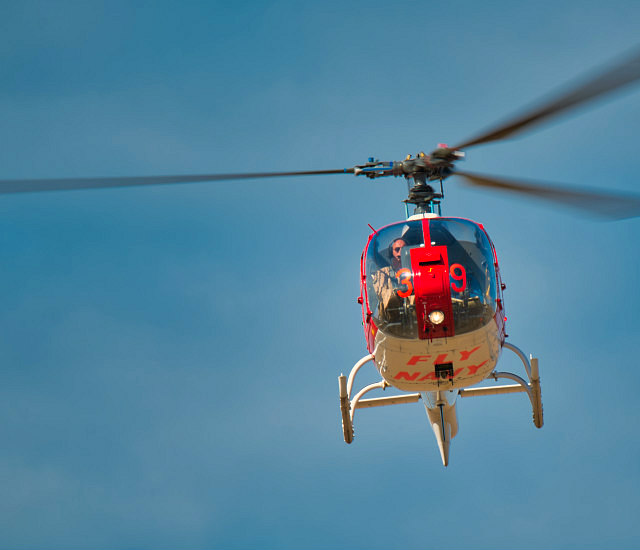









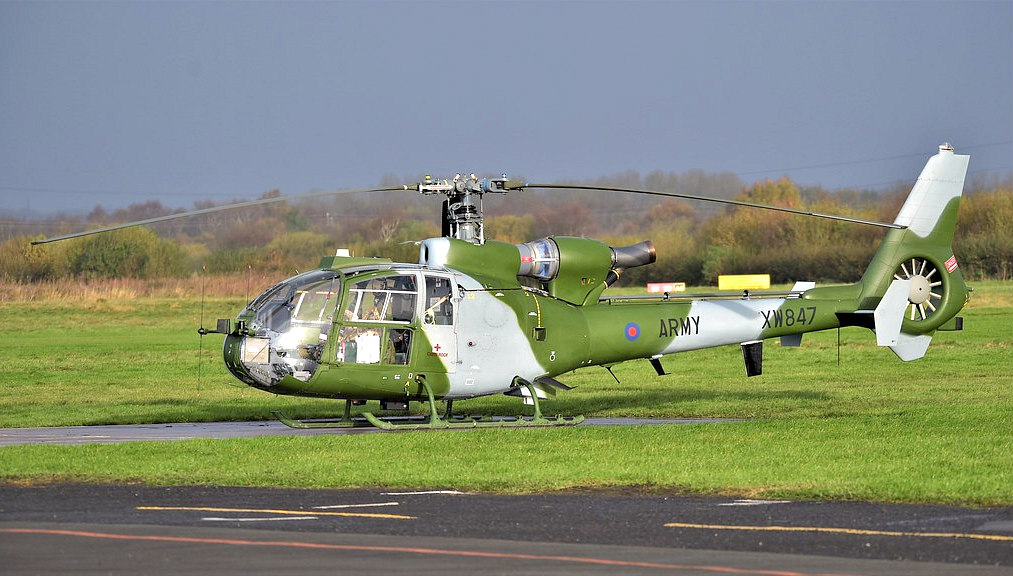



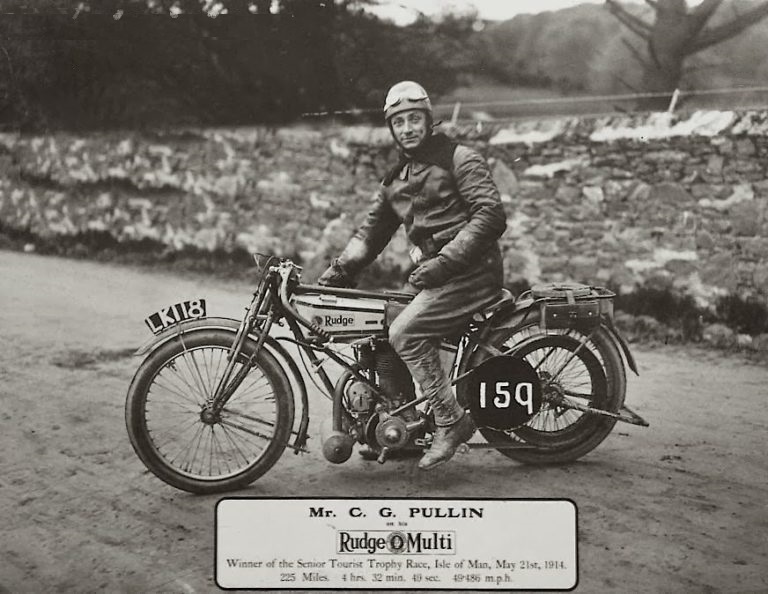



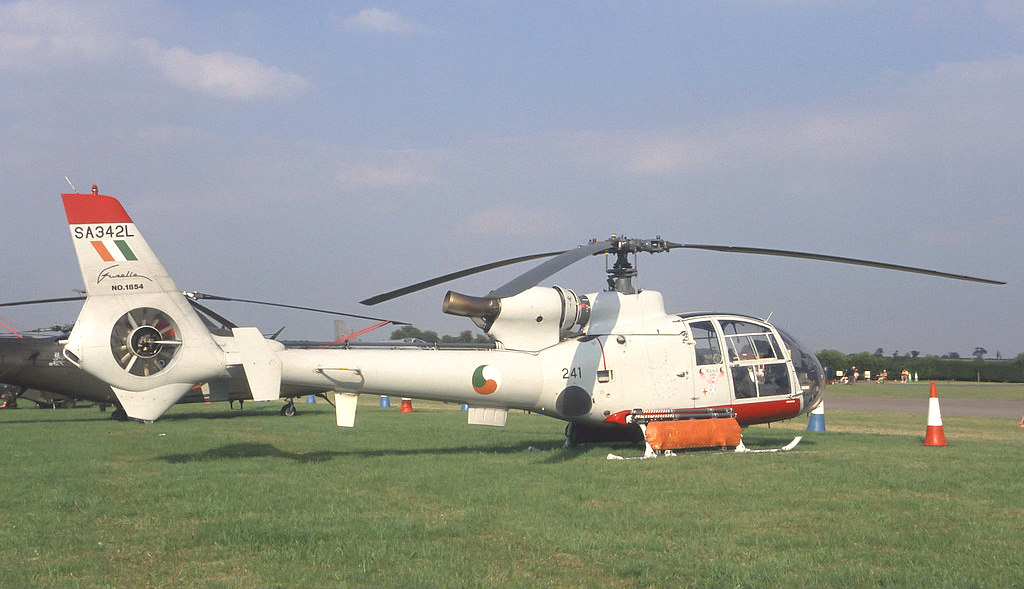



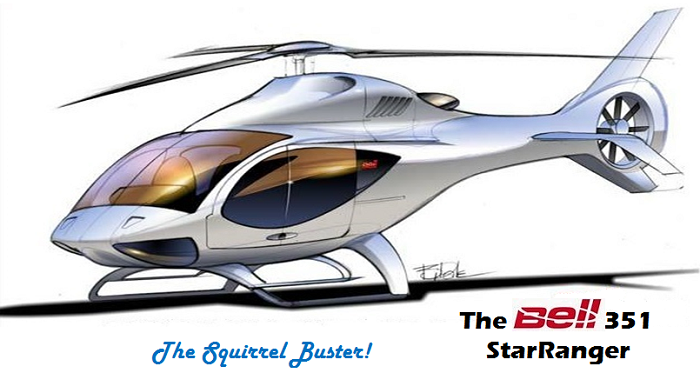



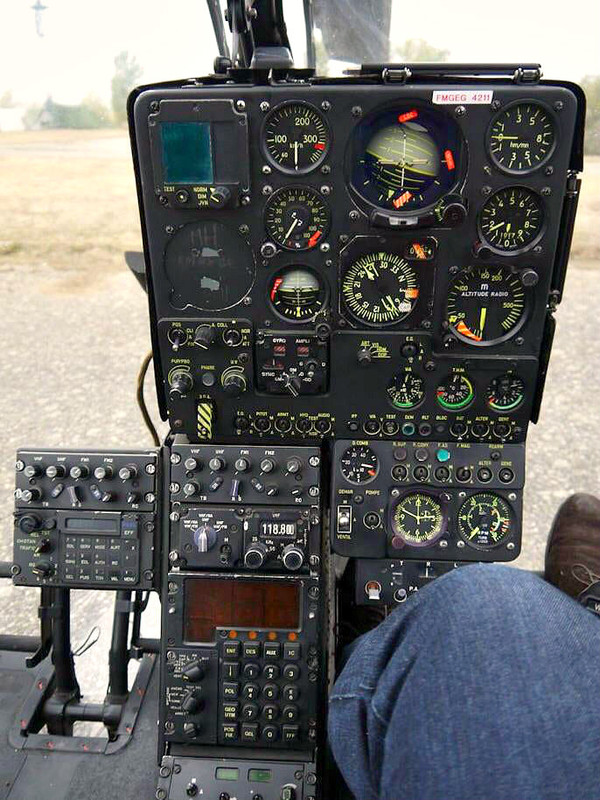



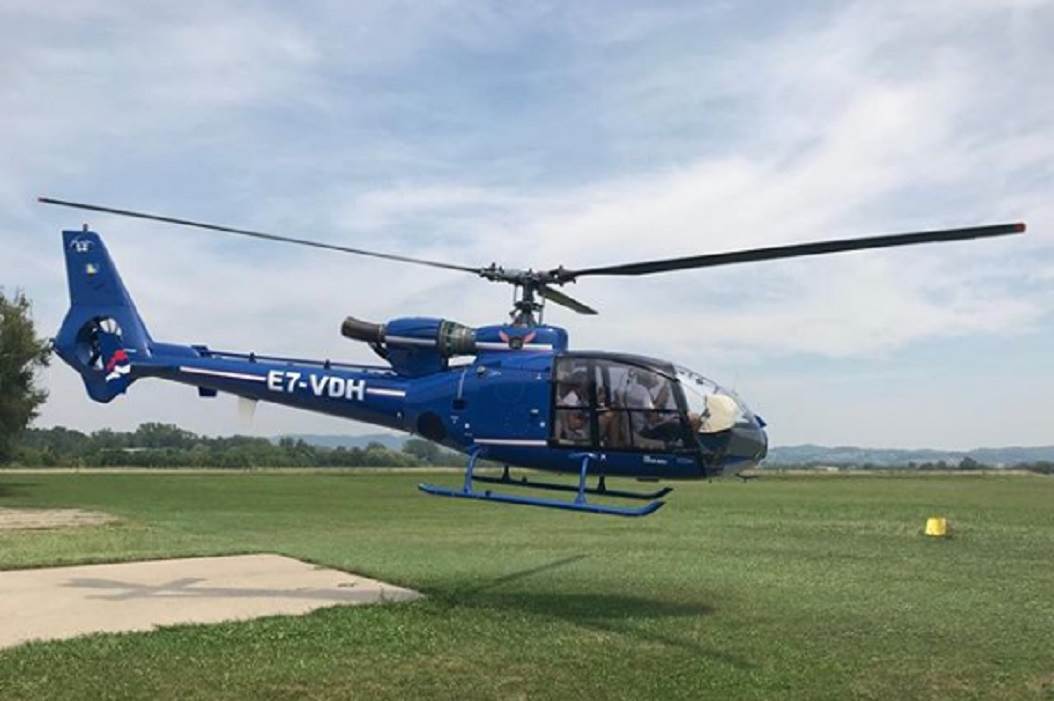



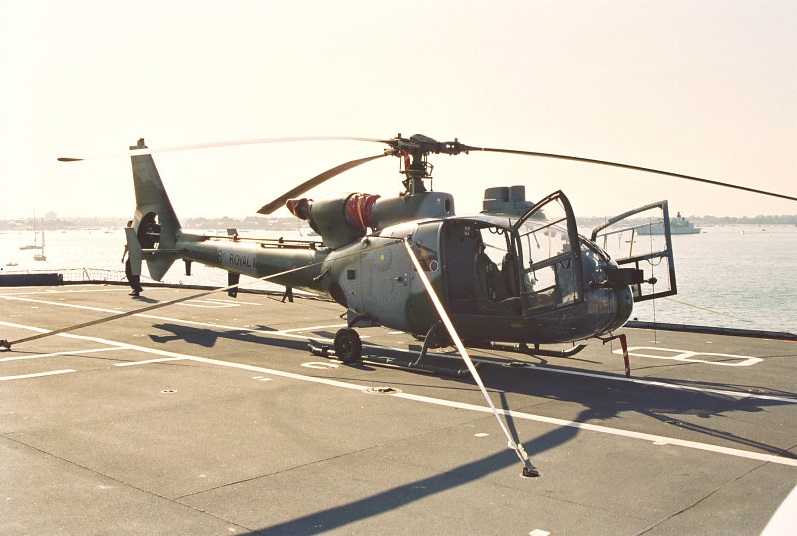

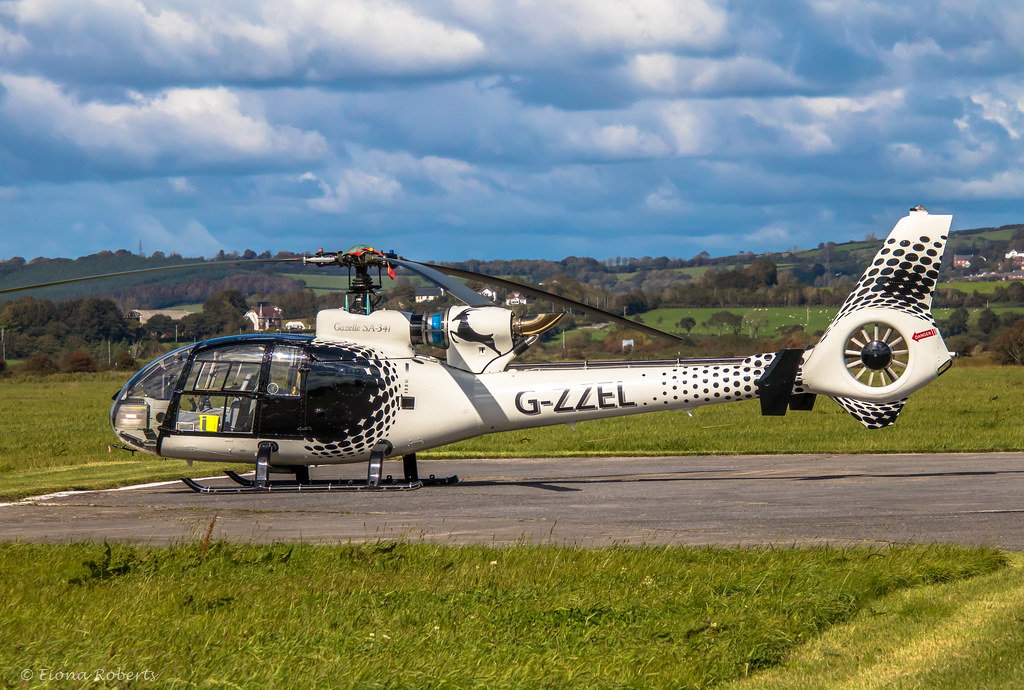












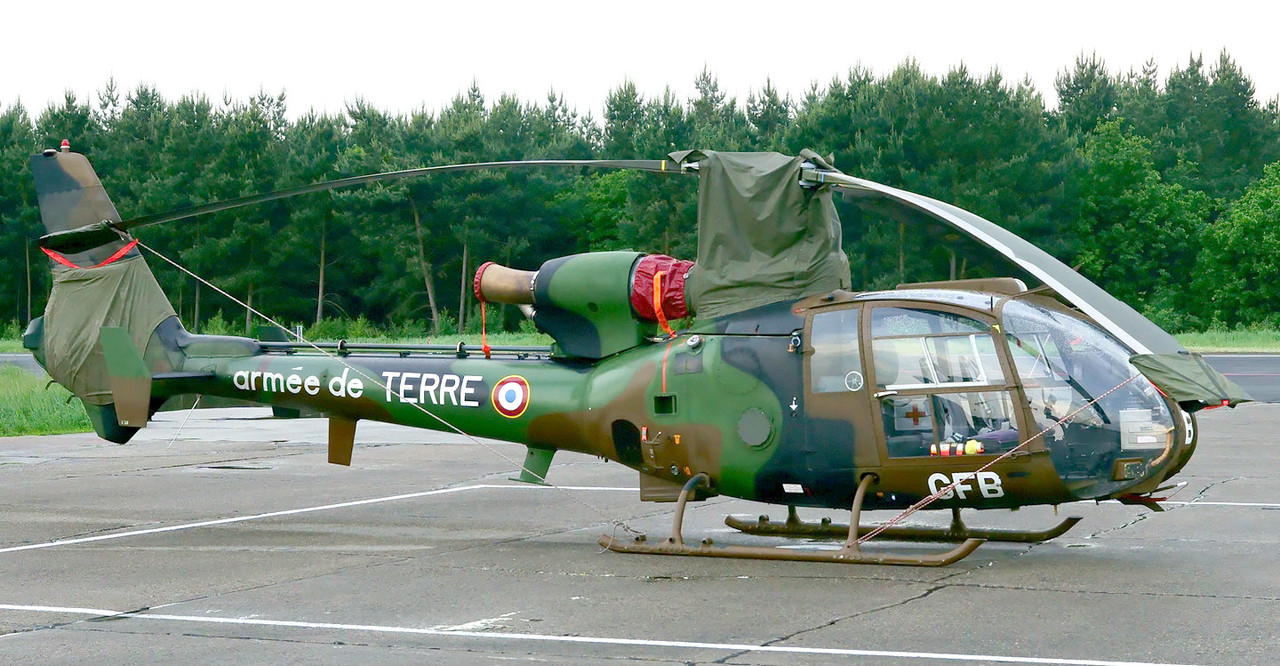


























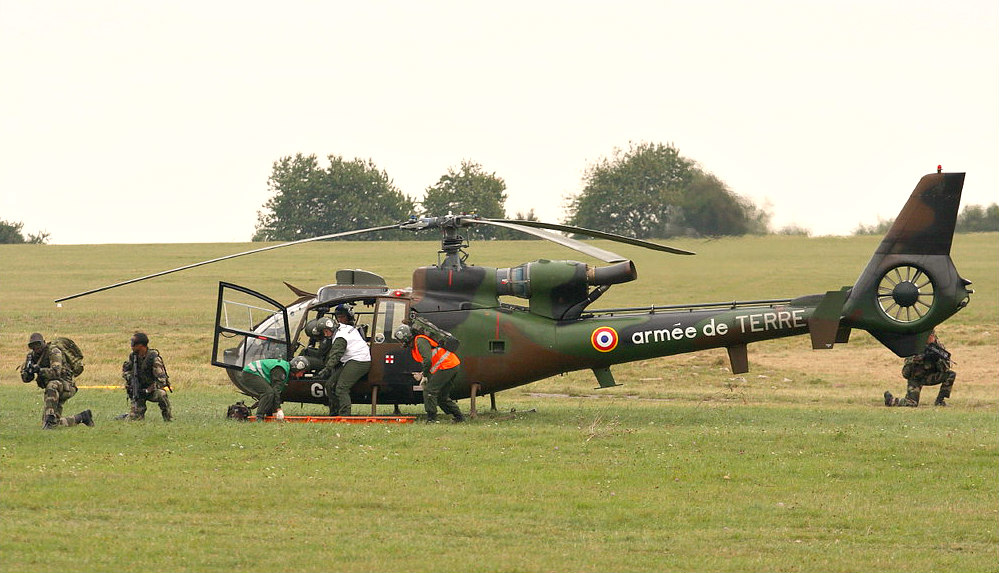



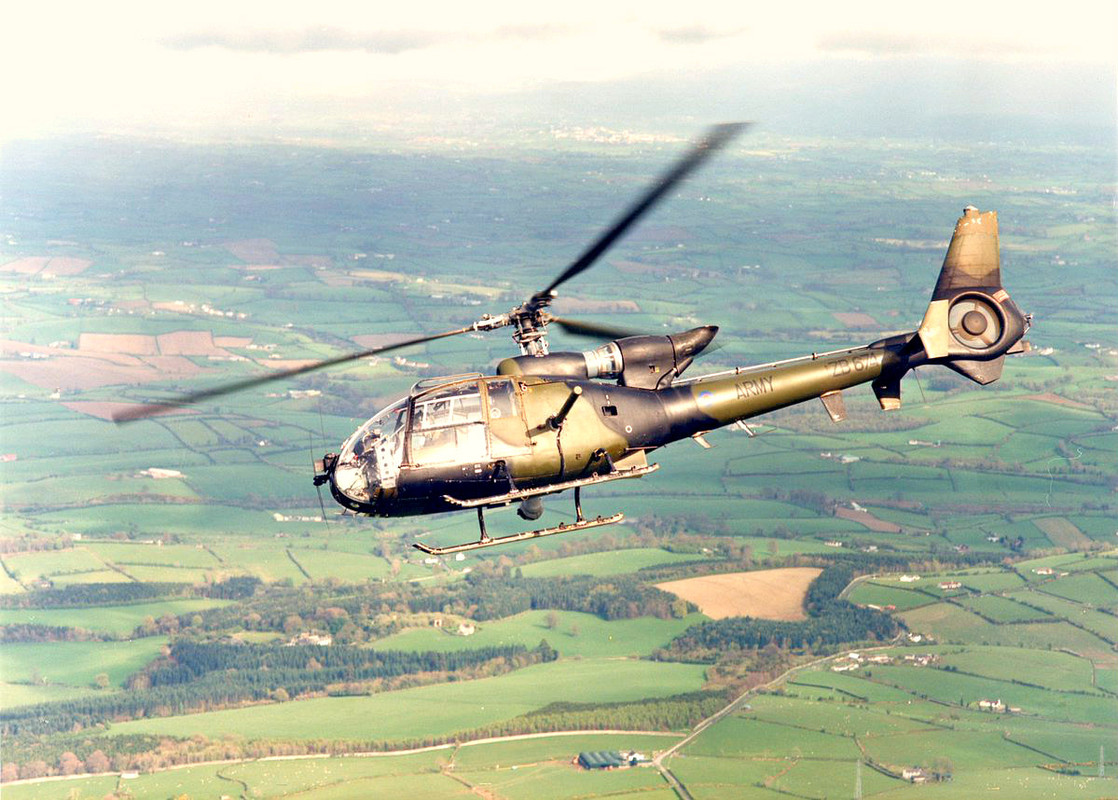





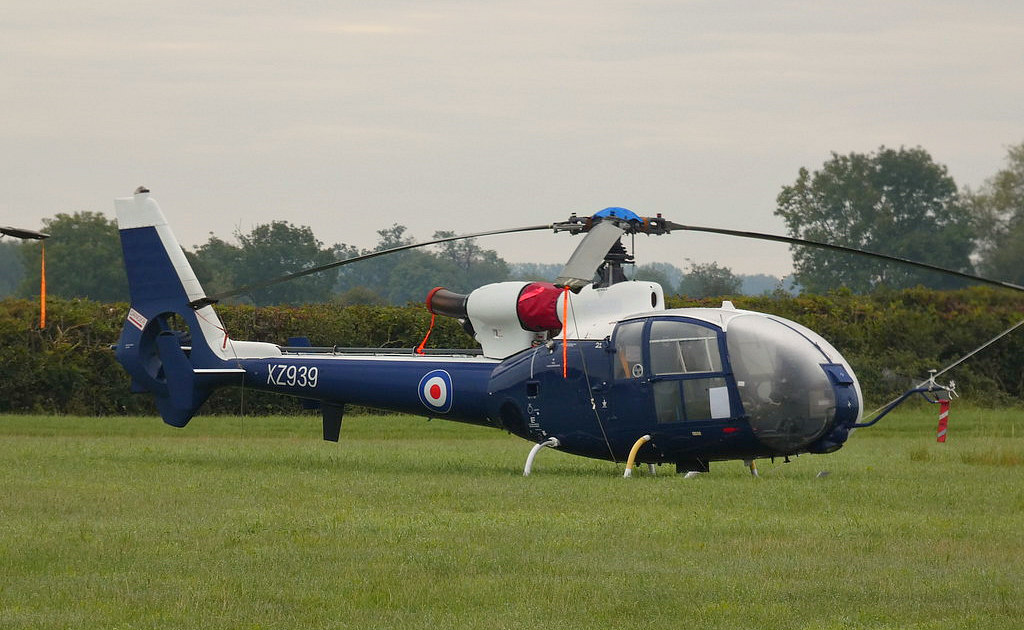



Comment